
Tank566 viewsThis tank looks kind of like a WWI German U-boat. I think it must have held water used to process the ore from the mine.
|
|
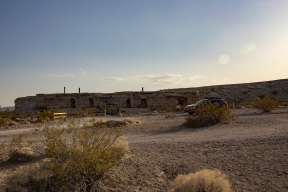
Hobbitmobile566 viewsThere are exceptions to the hobbit dislike of complex machines, as evidenced by this red station wagon sitting out in front of Bagshot Row.
|
|
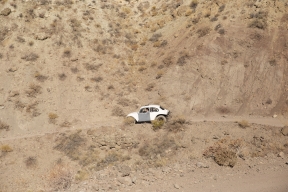
Baja Bug565 viewsMike Nardi pulled out ahead of us and stayed in the lead all the way through the Canyon.
|
|
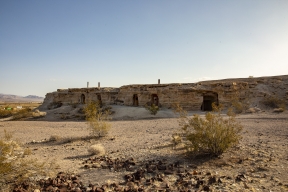
Bagshot Row564 viewsA whole row of hobbit-houses, out in the desert. Not as green as the original Shire, but desert hobbits have to make do.
|
|
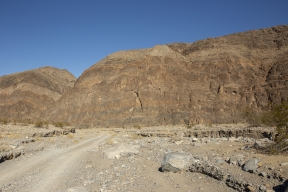
Heading Back563 viewsThese towering cliffs are part of the scenery on the road between Stovepipe Wells and Marble Canyon.
|
|
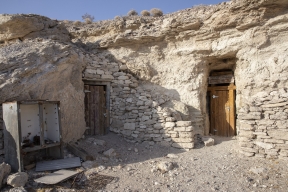
Sharkey's End562 viewsUnfortunately, this is not how Bag End looked in the days of Bilbo and Frodo. This is how it looked after Sharkey took it over.
|
|
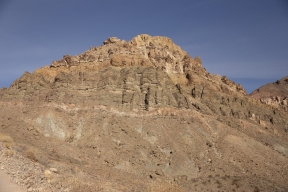
Terrain561 viewsThe peaks are higher and the landscape more rugged as we get deeper into the Canyon.
|
|
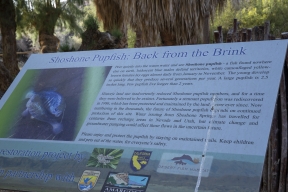
Pupfish Protective Zone; No Fishing561 viewsAll about the Shoshone Pupfish.
|
|
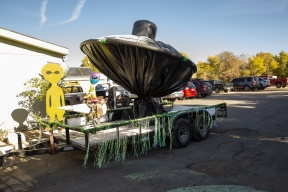
Ready to Go560 viewsThe Atomic Inn float is ready to be towed out to join the parade.
|
|

Mystery Motor Home559 viewsThis (apparently) vintage motor home intrigues me, and I'd like to find out more about it.
|
|
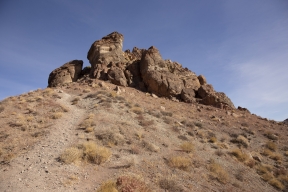
Red Pass Dragon558 viewsA mighty stone dragon commands the hilltop above Red Pass, but we sneaked past him unscathed.
|
|
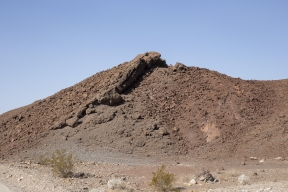
Lizard Hill558 viewsSorta looks like a giant lizard climbing to the top of that hill. Glad it wasn't.
|
|
| 1722 files on 144 page(s) |
 |
 |
 |
5 |  |
 |
 |
 |
 |
 |
 |
 |
 |
 |
|

|